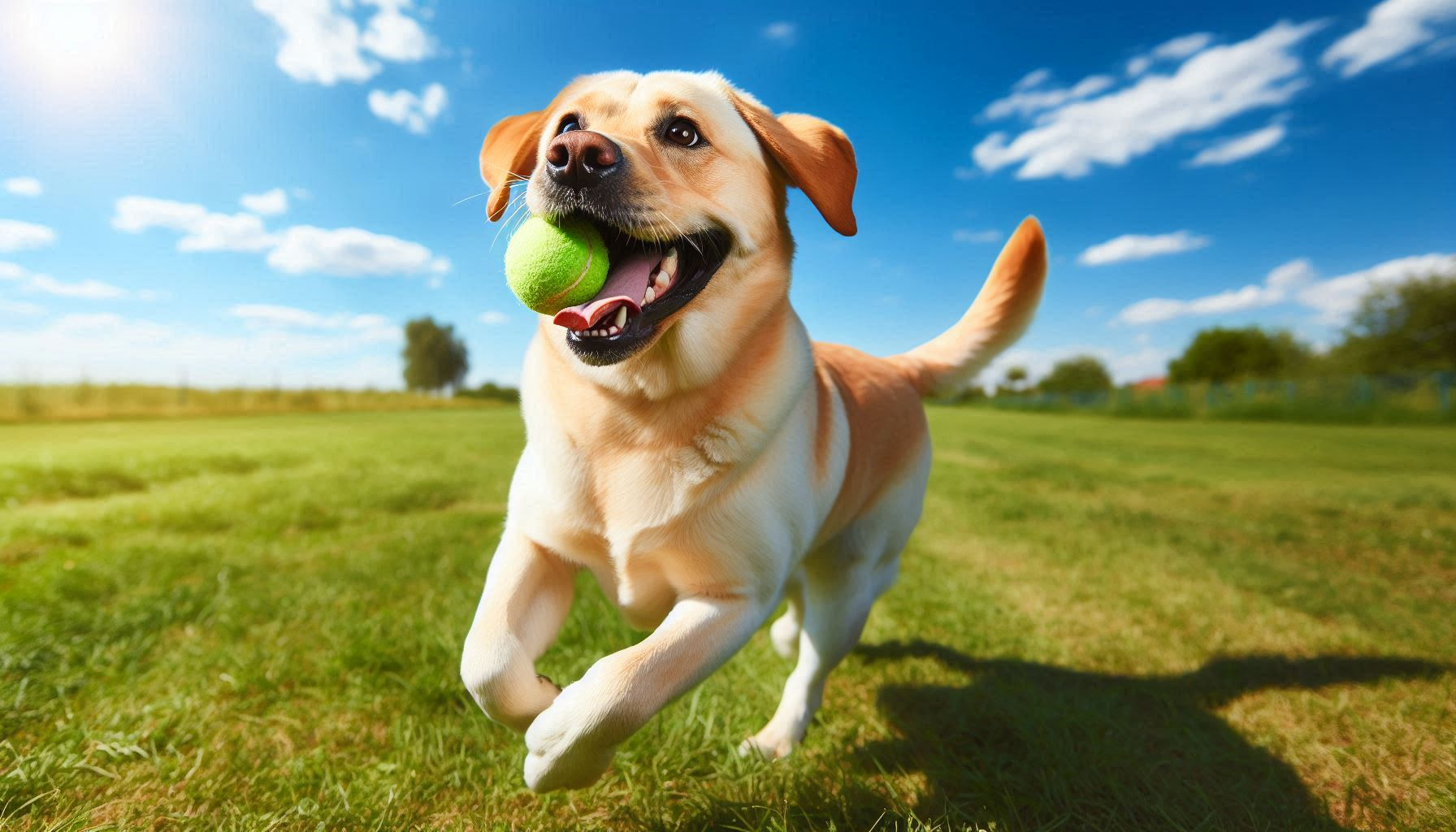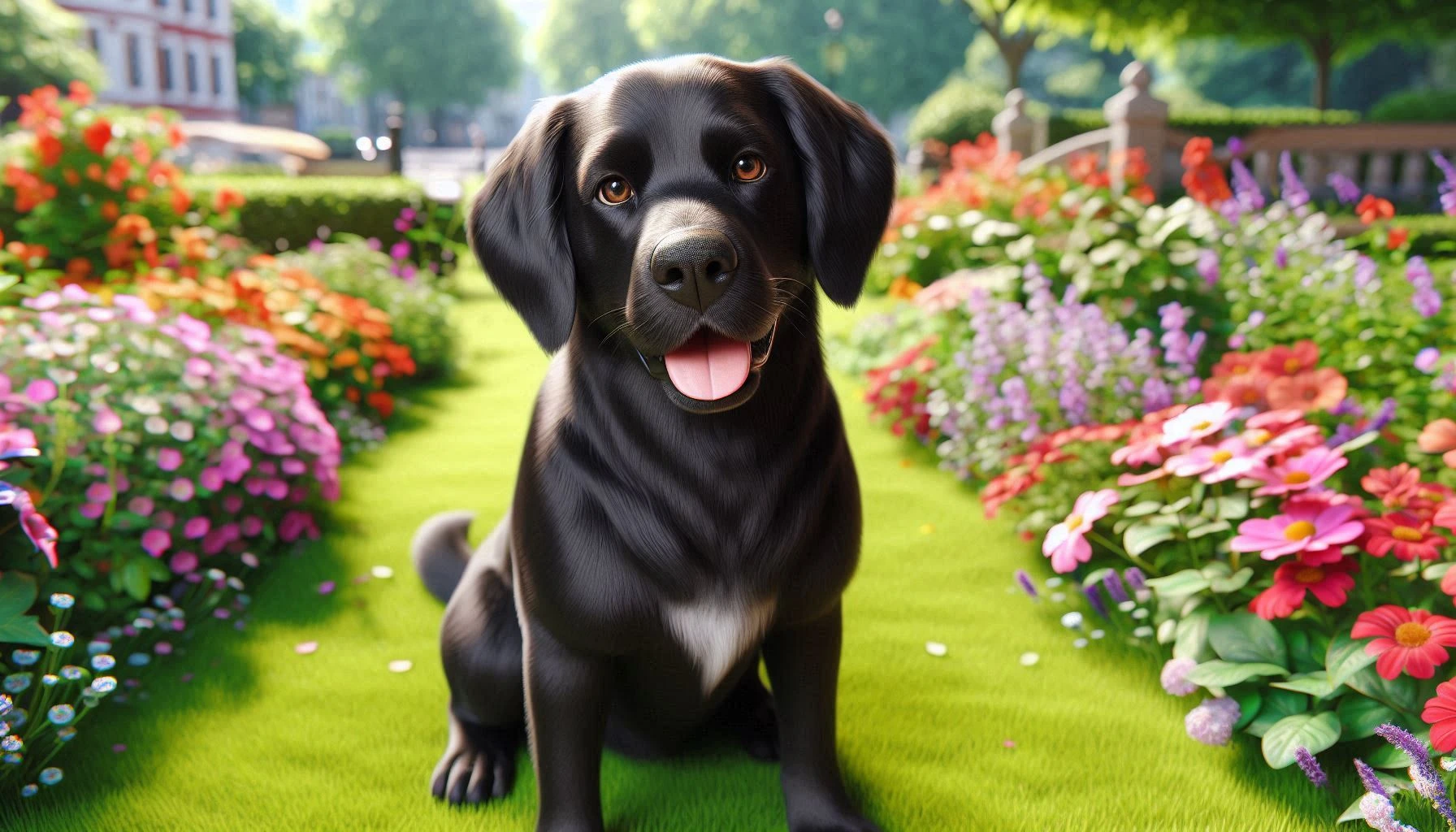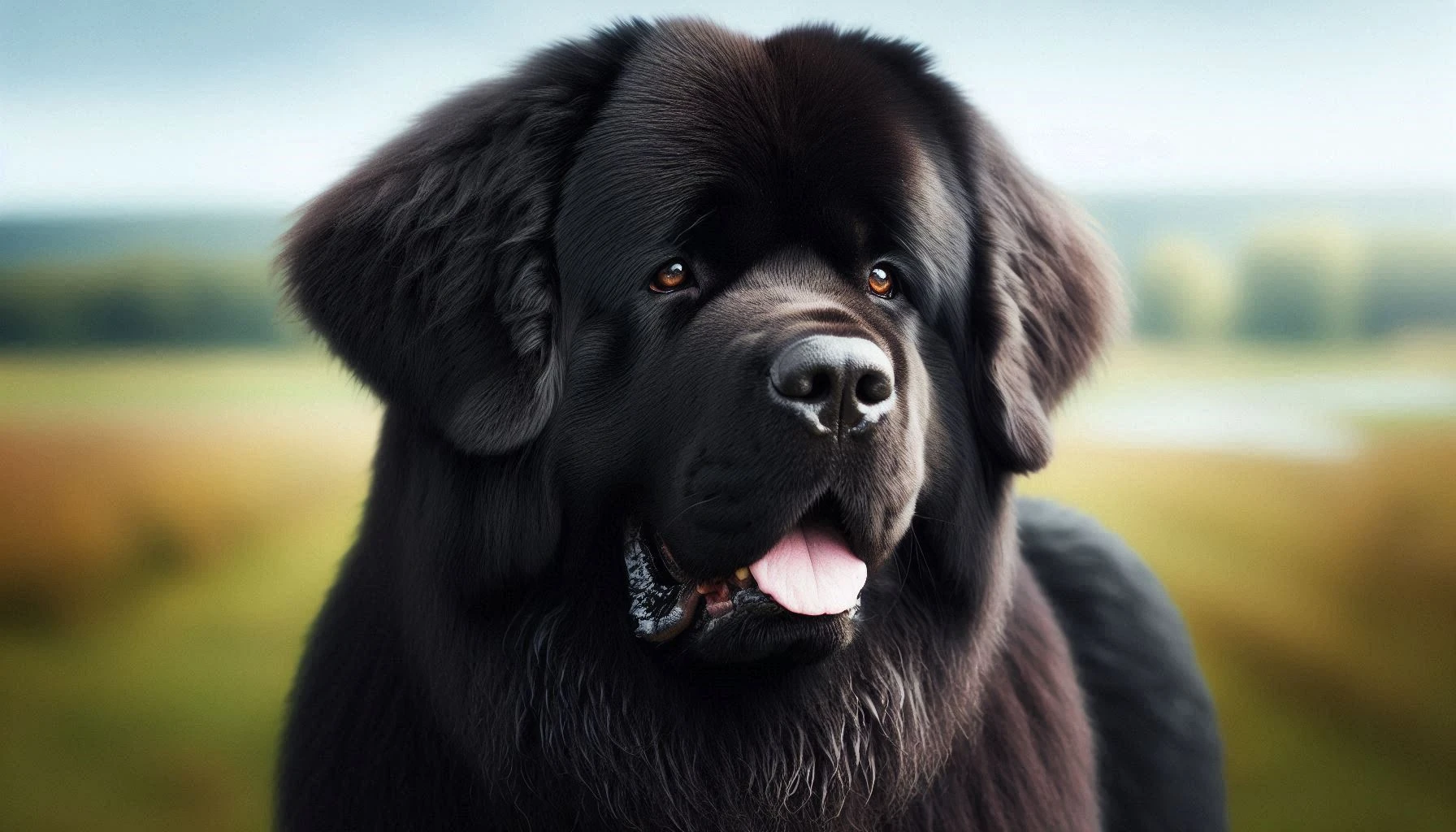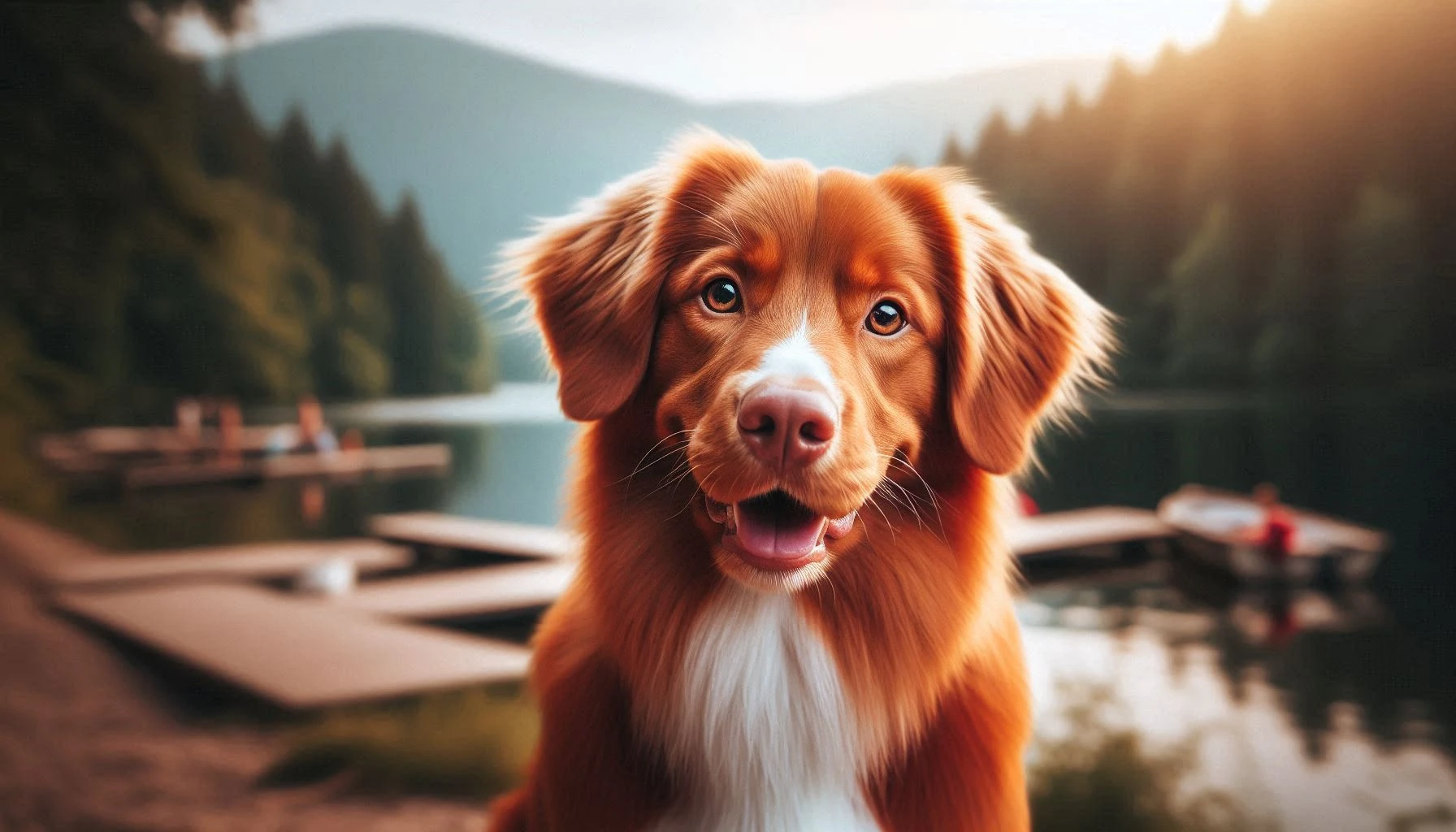Table of Contents
Canadian Eskimo Dog Breed
The Canadian Eskimo Dog, also known as the Canadian Inuit Dog, is a remarkable and ancient breed renowned for its strength, endurance, and loyalty. This breed has played a crucial role in the history of Arctic exploration and is cherished for its resilience and hardworking nature. Whether you’re a seasoned dog owner or a newcomer considering this breed, the Canadian Eskimo Dog’s unique characteristics make it an intriguing and rewarding companion.
History and Origin
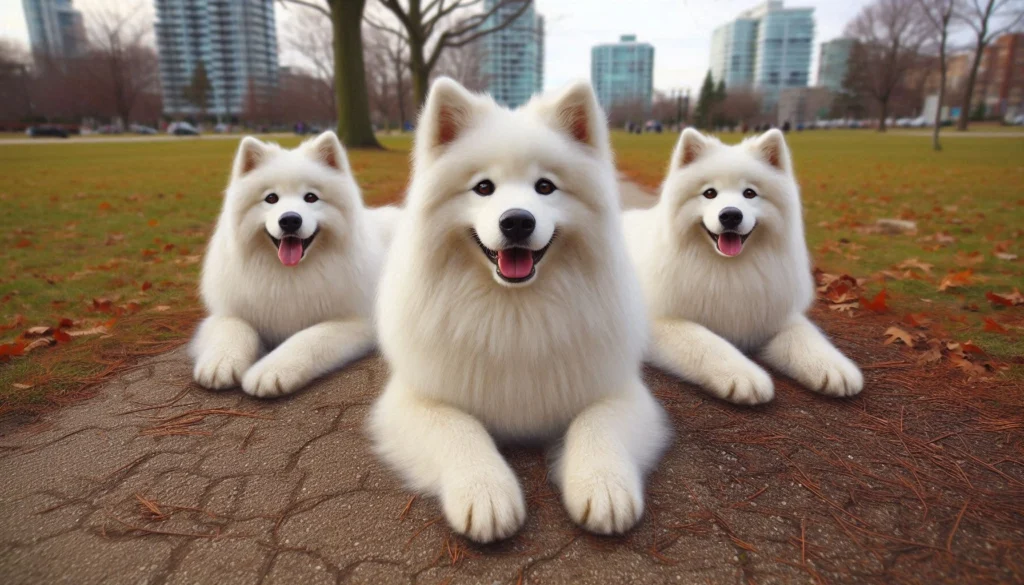
The Canadian Eskimo Dog has a rich history that dates back over 4,000 years. Originating in the Arctic regions of Canada, this breed was developed by the indigenous Inuit people. These dogs were essential to the Inuit way of life, serving as reliable sled dogs, hunting companions, and protectors against predators. Their ability to endure harsh climates and their exceptional pulling power made them invaluable assets in the Arctic.
Historically, the Canadian Eskimo Dog was instrumental in the success of many Arctic explorations, including those led by famous explorers like Robert Peary and Roald Amundsen. Unfortunately, the breed faced a severe decline in the mid-20th century due to the introduction of snowmobiles and a government-led culling program. However, dedicated breeding programs have helped revive the breed, ensuring its survival and continued legacy.
Physical Characteristics

The Canadian Eskimo Dog is a striking and powerful breed, characterized by its robust build and wolf-like appearance. Here are some key physical traits:
- Size: Males typically stand 23 to 28 inches tall at the shoulder and weigh between 65 to 105 pounds. Females are slightly smaller, standing 20 to 24 inches tall and weighing 60 to 95 pounds.
- Coat: Their double coat is thick and dense, providing excellent insulation against extreme cold. The outer coat is coarse and straight, while the undercoat is soft and woolly.
- Colors: This breed comes in various colors, including white, black, gray, red, and a combination of these. Some dogs may have distinctive markings or masks.
- Distinctive Features: The Canadian Eskimo Dog has erect ears, a bushy tail that curls over the back, and almond-shaped eyes that can be brown or amber. Their powerful build and muscular legs make them well-suited for pulling heavy loads.
Temperament and Personality
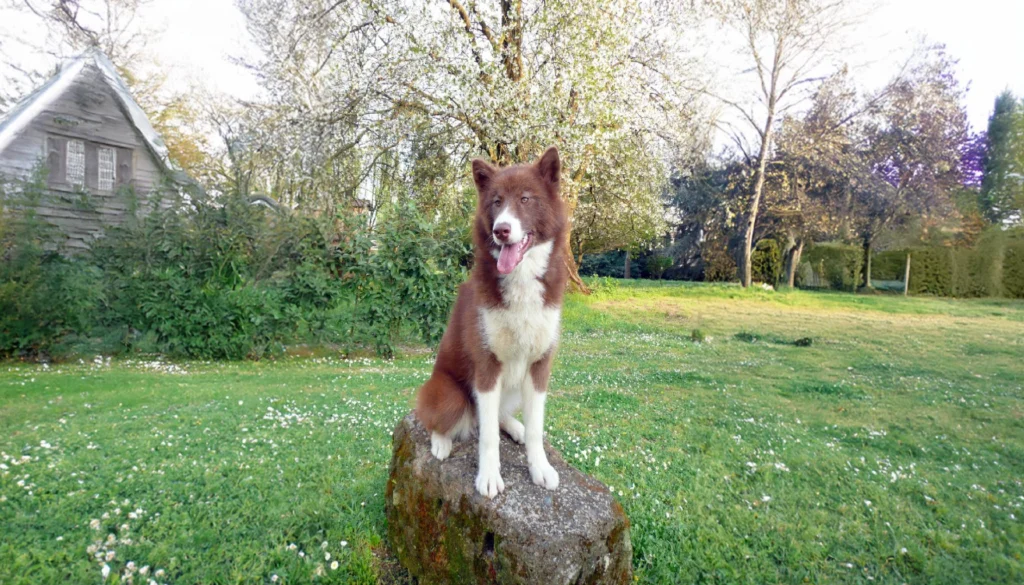
The Canadian Eskimo Dog is known for its loyalty, intelligence, and hardworking nature. These dogs are incredibly devoted to their families and form strong bonds with their owners. Here are some key personality traits:
- Loyalty: They are fiercely loyal and protective of their families, making them excellent watchdogs.
- Intelligence: This breed is highly intelligent and can be trained for various tasks. However, their independent nature requires consistent and firm training.
- Energy: Canadian Eskimo Dogs are energetic and require ample exercise. They thrive in active households and enjoy activities like hiking, running, and pulling sleds.
- Social Interaction: They are generally good with children and can get along with other dogs if properly socialized from an early age. However, their strong prey drive means they may not be suitable for homes with smaller pets.
Health and Lifespan
The Canadian Eskimo Dog is generally a healthy breed with a lifespan of 10 to 15 years. However, like all breeds, they are prone to certain health issues. Common health concerns include:
- Hip Dysplasia: This genetic condition affects the hip joints and can lead to arthritis and mobility issues.
- Arthritis: Due to their active lifestyle, they may develop arthritis as they age.
- Eye Conditions: Cataracts and progressive retinal atrophy (PRA) are known to affect the breed.
To keep your Canadian Eskimo Dog healthy, regular veterinary check-ups, a balanced diet, and sufficient exercise are essential. Early detection of any health issues can help manage and treat conditions effectively.
Care and Grooming

Proper care and grooming are crucial for maintaining the health and well-being of a Canadian Eskimo Dog. Here are some tips:
- Grooming: Their thick double coat requires regular brushing to prevent matting and reduce shedding. During shedding season, more frequent brushing is necessary.
- Exercise: These dogs have high energy levels and need daily exercise. Long walks, runs, and playtime in a secure area are essential to keep them physically and mentally stimulated.
- Diet: A balanced diet with high-quality dog food is important. Ensure they receive adequate nutrition to support their active lifestyle. Consult your vet for specific dietary recommendations.
- Climate Considerations: Due to their dense coat, Canadian Eskimo Dogs are well-suited for cold climates. In warmer regions, they should be monitored for signs of overheating, and exercise should be adjusted accordingly.
Training and Socialization
Training and socialization are vital for the Canadian Eskimo Dog. Here are some guidelines:
- Consistency: These dogs are intelligent but can be stubborn. Consistent and firm training is essential to establish good behavior and obedience.
- Positive Reinforcement: Use positive reinforcement techniques, such as treats and praise, to encourage desired behaviors.
- Socialization: Early socialization with different people, animals, and environments is crucial to prevent behavioral issues. Exposing them to various experiences helps them become well-rounded dogs.
- Challenges: Due to their independent nature, training can be challenging. Patience and persistence are key. Consider enrolling in obedience classes for additional support.
Suitability as a Family Pet

The Canadian Eskimo Dog can make a wonderful family pet for the right household. Here are some considerations:
- Living Environment: They thrive in homes with ample space and secure yards. Apartment living may not be ideal due to their size and energy levels.
- Family Interaction: These dogs are loyal and protective, making them good companions for families. They generally get along well with children and can be playful and affectionate.
- Energy Levels: Their high energy levels require active owners who can provide regular exercise and mental stimulation.
- Commitment: Owning a Canadian Eskimo Dog requires a significant commitment in terms of time, training, and care. Prospective owners should be prepared for the responsibilities involved.
Fun Facts and Trivia
- Ancient Breed: The Canadian Eskimo Dog is one of the oldest and purest dog breeds, with a history spanning over 4,000 years.
- Arctic Explorations: These dogs played a crucial role in early Arctic explorations, helping explorers navigate harsh terrains.
- Rare Breed: The Canadian Eskimo Dog is considered a rare breed, with efforts ongoing to preserve its population.
- Strong Work Ethic: Known for their exceptional work ethic, these dogs excel in sledding, carting, and other working roles.
Similar Dog Breeds
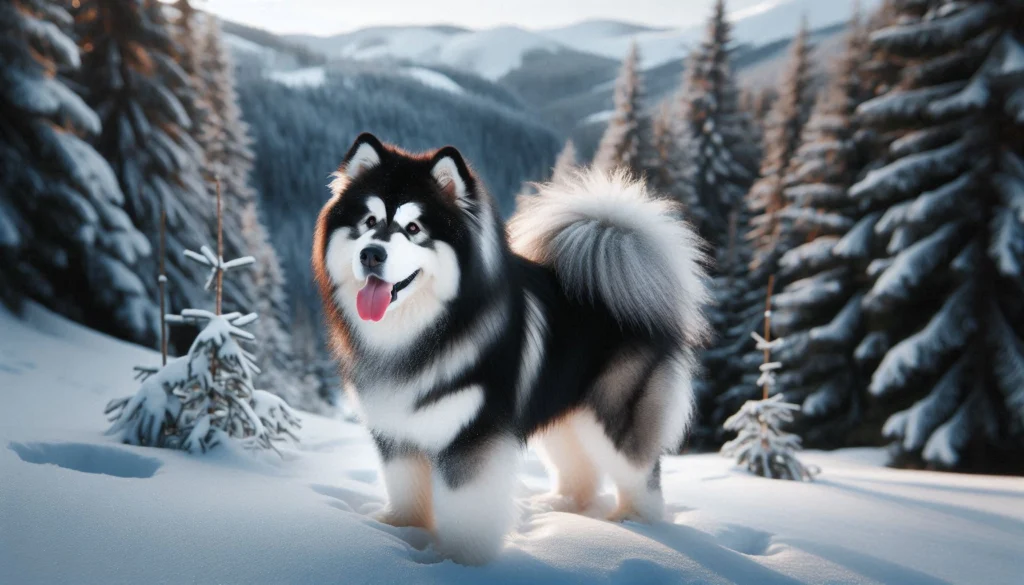


Alaskan Malamute
The Alaskan Malamute is a powerful and majestic breed known for its strength and endurance. Like the Canadian Eskimo Dog, Malamutes were bred for pulling heavy loads in harsh Arctic conditions. They are friendly, loyal, and great with families.
Siberian Husky
Siberian Huskies are energetic and sociable dogs, originally bred for sledding in Siberia. They are smaller and lighter than Canadian Eskimo Dogs but share a similar appearance and working heritage. Huskies are known for their striking blue eyes and friendly nature.
Greenland Dog
The Greenland Dog is another Arctic breed closely related to the Canadian Eskimo Dog. These dogs are robust and resilient, bred for sledding and hunting in Greenland. They are independent, hardworking, and have a strong prey drive.
Conclusion
The Canadian Eskimo Dog is a remarkable breed with a rich history and unique characteristics. From their origins in the Arctic to their role in early explorations, these dogs have proven to be loyal, hardworking, and resilient companions. While they require dedicated care, training, and exercise, their loyalty and protective nature make them excellent family pets for those prepared to meet their needs.
FAQ
Is the Canadian Eskimo Dog a dangerous breed?
No, the Canadian Eskimo Dog is not inherently dangerous. They are loyal and protective, making them good watchdogs. However, like all dogs, proper training and socialization are essential to ensure they are well-behaved and safe around people and other animals.
Is the Canadian Eskimo Dog a good guard dog?
While Canadian Eskimo Dogs are protective of their families, they are not typically used as guard dogs. Their primary role has been as working and sled dogs. They may bark to alert their owners of strangers, but their friendly nature means they are not aggressive guard dogs.
